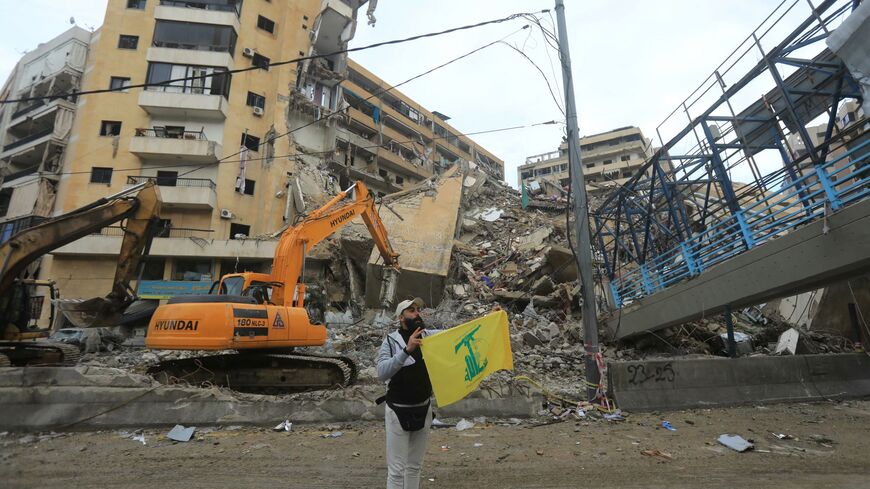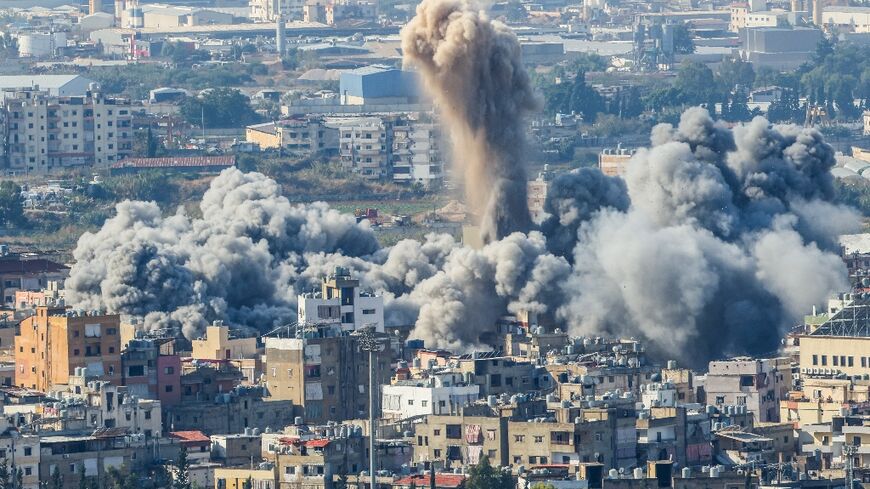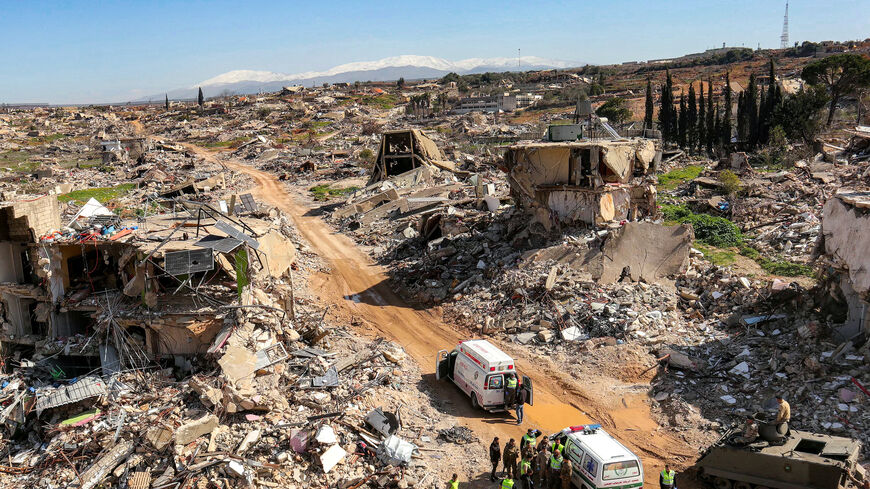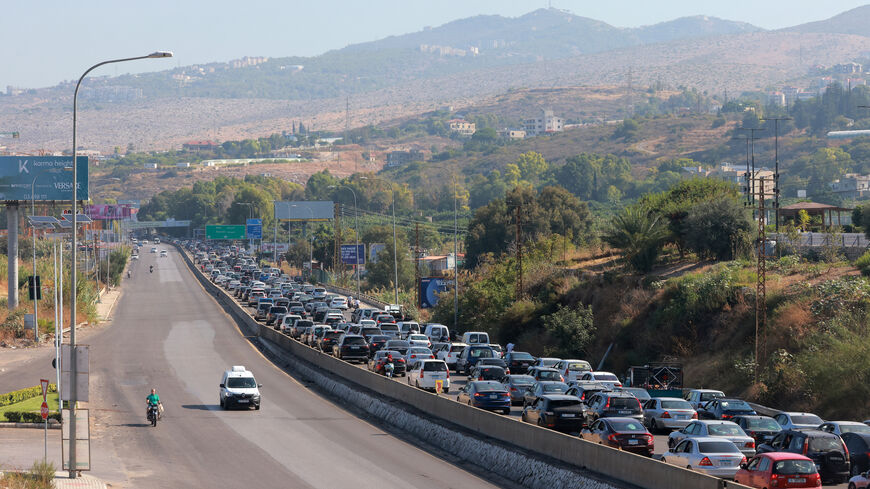Israel-Hezbollah war cost Lebanon $8.5B, damaged 100,000 homes: World Bank
The World Bank estimated that about $8.5 billion worth of damages and losses have piled up from the year-long war in Lebanon, which had already been struggling with a devastating economic crisis.

BEIRUT — The fighting between Hezbollah and Israel in Lebanon has brought heavy costs to the country’s already crippled economy, causing $8.5 billion worth of damages and losses, according to a recent report.
In a new report published Thursday, the World Bank said the damages to the country’s physical structures caused by the cross-border fire between Israel and Hezbollah since Oct. 8, 2023, amounted to $3.4 billion. Hezbollah entered the conflict one day after the Oct. 7 attacks in solidarity with Gaza and Hamas. The fighting on the border escalated last month with Israel invading Lebanon on Oct. 1.
The damage is most concentrated in the Nabatiyeh and South governorates at about $1.5 billion and $1.2 billion, respectively, followed by the Bekaa (with $415 million worth of damages), Mount Lebanon, Beirut and its southern suburbs ($144 million) and the Baalbeck-Hermel governorate ($18 million).
Several key sectors in Lebanon have been hit hard by the war, particularly housing. According to the report, the sector incurred $3.2 billion in damages and losses, with 99,209 housing units damaged. Of them, 18% have been completely destroyed.
The World Bank also noted damages in the agriculture, commerce, education, environment, health and tourism sectors, totaling the overall losses in these sectors at $5.1 billion.
War and displacement
Iran-backed Hezbollah and the Israeli military began exchanging fire along the border on Oct. 8, 2023, one day after the war in the Gaza Strip erupted. Hezbollah says it's fighting Israel in solidarity with the Palestinian Hamas group.
In September, the conflict turned into a full-fledged war after Israel began a ground invasion in south Lebanon and expanded the scope of its strikes across the country, pounding the south, Dahiyeh and the eastern Bekaa region — all known Hezbollah strongholds — and also striking other areas including the Keserwan and Jbeil districts as well as the North governorate.
On Friday, heavy Israeli airstrikes hit Dahiyeh for the fourth day in a row, flattening several buildings.
The year of war has left at least 3,386 people dead in Lebanon, according to the Lebanese Health Ministry, and displaced nearly 1.2 million others. Many of them fled to neighboring Syria, the UN refugee agency estimates.
The World Bank report read that 875,000 people have been internally displaced, warning that “women, children, the elderly, persons with disabilities, refugees and certain migrant workers are particularly at risk.”
“Displacement increases pressure in host communities on delivery of basic services,” the report went on. “Local authorities, which are still struggling from the ongoing economic crisis that began in 2019, are largely unable to cover these costs and face significant environmental and public health challenges.”
About 166,000 people have lost their jobs in the past year, according to the World Bank, resulting in a $168 million decrease in incomes.
Even before the war erupted, Lebanon had been grappling with its worst economic crisis in decades. In October 2019, massive anti-government protests erupted across the nation over decades of corruption and economic mismanagement. Many Lebanese blame the political elite that has been ruling the country since the civil war that ended in 1990 for the financial collapse and lack of action to address the crisis.
The Lebanese people have since been unable to access their own money as Lebanese banks have imposed informal capital controls and limited cash withdrawals, claiming lack of liquidity. Meanwhile, the local currency has lost more than 90% of its value, sending more than half of the population below the poverty line.






